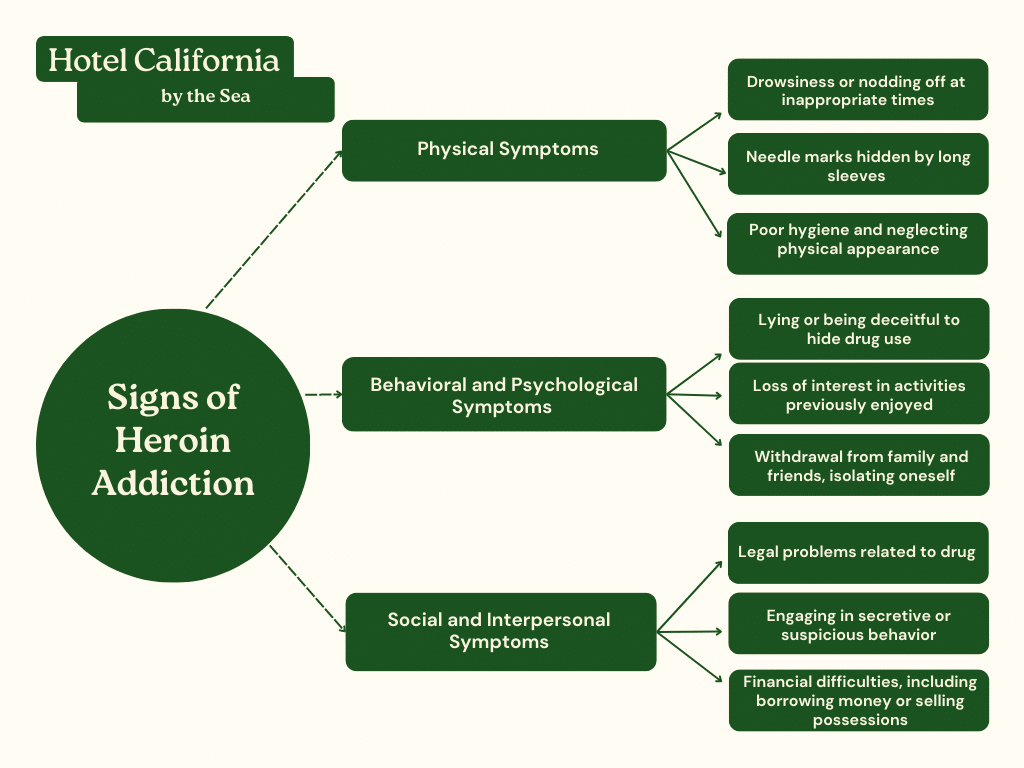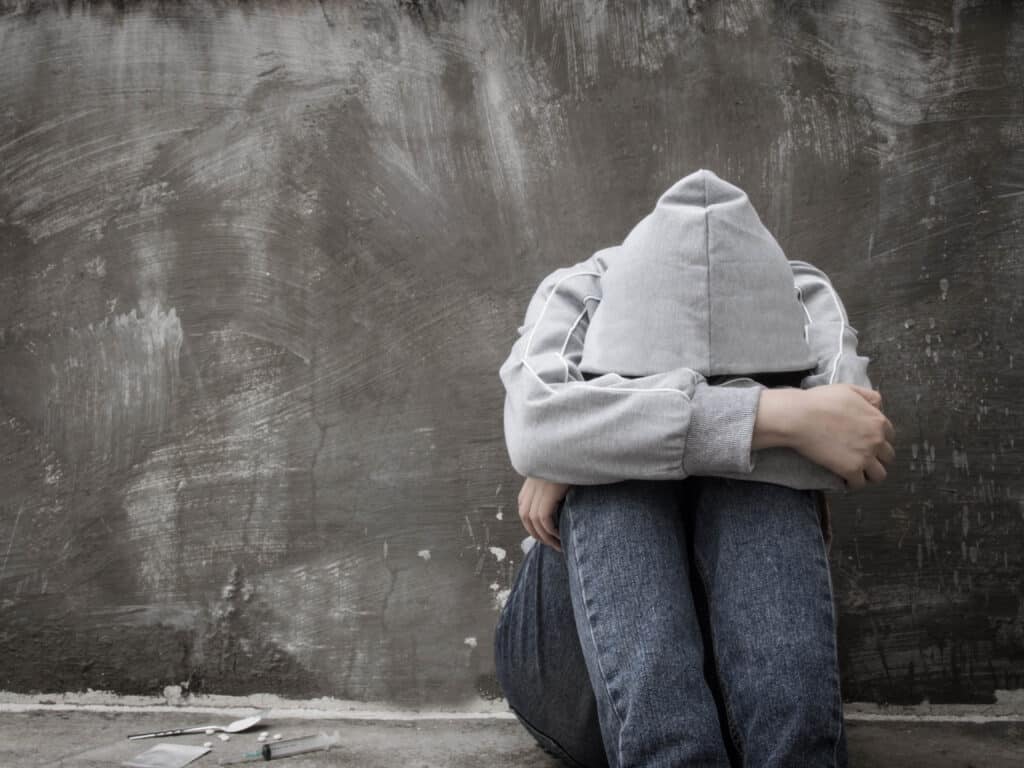How to help a Heroin Addict
Synthetic opioid substances such as fentanyl have long been the leading cause of overdose deaths in the United States. But before fentanyl, there was heroin. Heroin is another powerful semi-synthetic opioid substance that was created to be stronger than its own predecessor, morphine. Heroin is a Schedule I controlled substance and isn’t legal in any context and was created purely for recreational use. Some of the names heroin is also known as include Big H, black tar, hell dust, smack and thunder.
In 2019, more than 900,000 people reported using the highly addictive substance. According to the CDC, 19% of all opioid overdose deaths in 2020, involved heroin. The research shows heroin overdose death rates grew almost four times the amount from 2010 to 2020. About 50 million people worldwide have reported using heroin. Substance use disorders with drugs like heroin can be treated through medications and intensive behavioral therapies. There are many ways to recognize a heroin addiction and help a heroin addict.

Heroin was first introduced in 1989. The substance is created from morphine, which is a natural substance taken from the seeds of poppy plants native to Southeast Asia, Mexico and Colombia. It comes in three main forms. A white powder, the purest form with the appearance of flour or sugar. A brown powder is a cheaper and less refined powder with a color similar to chocolate milk. And black tar, this form has the most impurities and a thick black tar-like consistency.
When heroin enters the body, it is converted into morphine in the brain. It binds to the opioid receptors located throughout the body and brain. These opioid receptors control pain reception and reward. Heroin decreases feelings of pain and increases the endorphins and pleasurable feelings of euphoria. The effects of heroin work quickly once in the body. This also means the effects wear off just as quickly. The feelings of euphoria fade quickly, whereas the feelings of intense sedation can linger on for hours. Leading many users to continue craving the drug, develop a high tolerance and ultimately develop an addiction.
Oftentimes, people who are using heroin are also using other substances as well. Stimulant substances are popular for mixing drugs with heroin. The stimulants are used to intensify the euphoric effects of heroin. This term of polydrug use is referred to as “speedballing.” Speedballing is the practice of mixing heroin with stimulants such as cocaine, meth or ADHD medications. The risk of overdosing significantly increases with this combination of drug use.

Signs from the DSM that indicate a Heroin Addiction:
- Heroin is taken in larger amounts over a long period of time
- The persistent desire and unsuccessful effort to cut down or control the use of heroin
- A large time is spent trying to obtain heroin, use heroin and recover from heroin use
- You experience heroin withdrawal
- Recurrent heroin use results in failure to fulfill personal and professional obligations and responsibilities
- You have cravings to use heroin
- Important social and recreational activities are given up because of heroin use
- Recurrent heroin use is continued in physically dangerous situations
- You continue using despite physical and psychological problems caused by heroin
- Your tolerance to heroin has increased
- You continue to use despite the social and impersonal problems caused by heroin
Check Your Insurance Coverage for FREE
Find out if your insurance covers addiction treatment in minutes. We accept most insurance!
How to Recognize a Heroin Addiction: Side Effects of Heroin Use
- Itchy skin, skin abscesses and collapsed veins from heroin injection sites
- Damaged nostrils from snorting heroin
- Damage to organs: lung disease, liver disease, kidney disease
- Lower stress tolerance
- Slowed or foggy thinking, which leads to difficulty making decisions
- Loss of control over behavior and lowered inhibitions
- Extreme sleep moods: insomnia and consistently nodding off
- Depression and anxiety
- Nausea and vomiting
- Drastic weight loss
- Decline in personal hygiene
- Delusions, disorientation, paranoia and hallucinations
- High risk for blood clots, stroke and heart attack
Reach out to Hotel California by the Sea
We specialize in treating addiction and other co-occurring disorders, such as PTSD. Our Admissions specialists are available to walk you through the best options for treating your addiction.
How to help a Heroin Addict
Heroin is a highly addictive substance that often leads to chronic use and addiction. Heroin addiction is characterized by psychological changes in the brain and an uncontrollable drug-seeking behavior despite recurring negative consequences. It is a mental health illness.
If you suspect or recognize someone having signs of a heroin addiction there are many ways you can help. Create an open dialogue with the person. By creating a safe and supportive space, the person may be more willing to communicate their issues and be open to seeking help. For those who are in denial, consider an intervention with family, friends and an addiction specialist who can mediate. You can also be supportive and help them find appropriate treatment. This may be through a behavioral health program that offers detox, residential and outpatient programming. This could also be through finding local addiction support groups. Heroin addiction is a mental health disease. And like other diseases, it can be treated.
Hotel California by the Sea provides comprehensive treatment for heroin and opioid addictions. With the rise in deaths from the opioid overdose crisis, treatments through varying methods are more important now than ever. Treatment methods include MAT, various forms of medication management, intensive cognitive therapies and marriage and family counseling.
The substance use disorder treatment program addresses addiction to popular drugs such as heroin and fentanyl. The combination of physical treatments such as detox and psychological treatment such as CBT, DBT and EMDR therapy, create a well-rounded treatment plan. Addressing physical, emotional and psychological factors that contribute to addiction results in a higher success rate of sobriety and recovery.
References:
https://www.healthline.com/health/substance-use/what-is-heroin
https://www.optionsbehavioralhealthsystem.com/addiction/heroin/effects-signs-symptoms/
https://www.addictioncenter.com/drugs/heroin/symptoms-signs/
